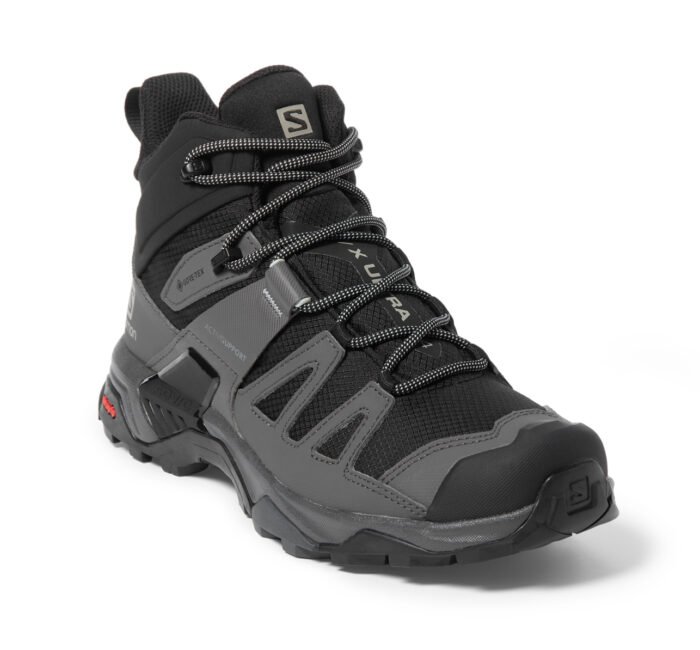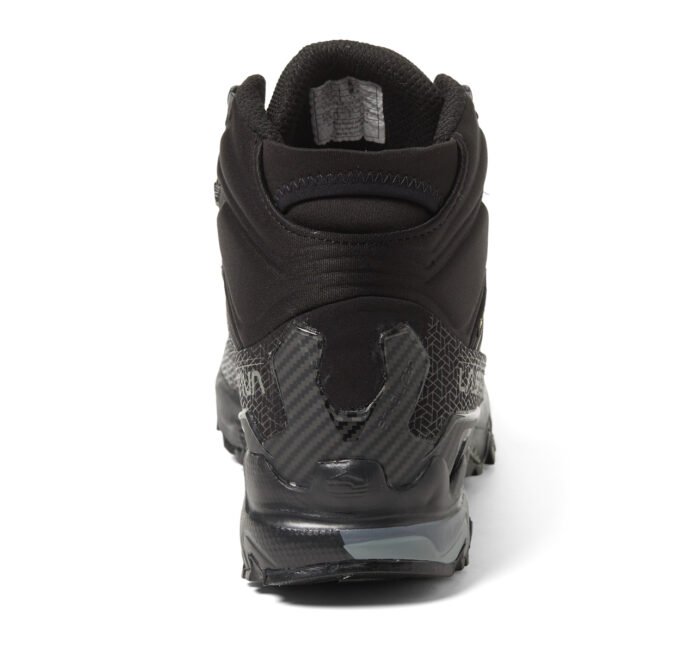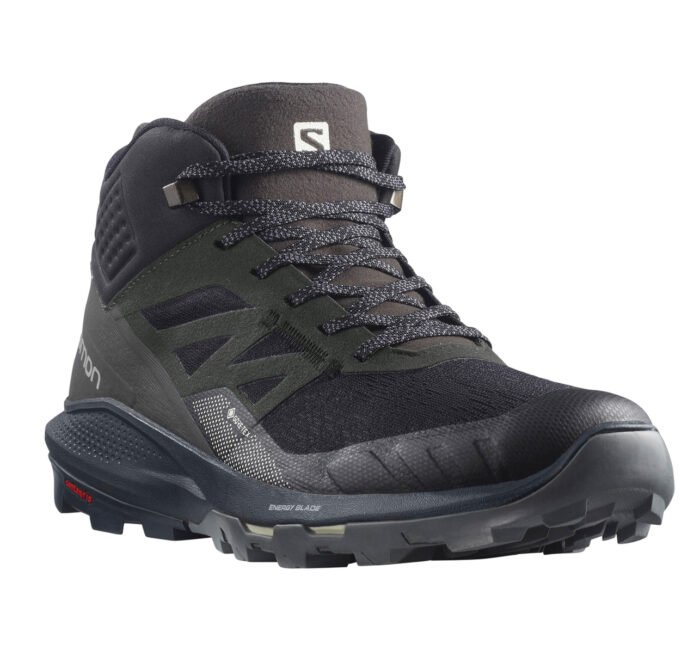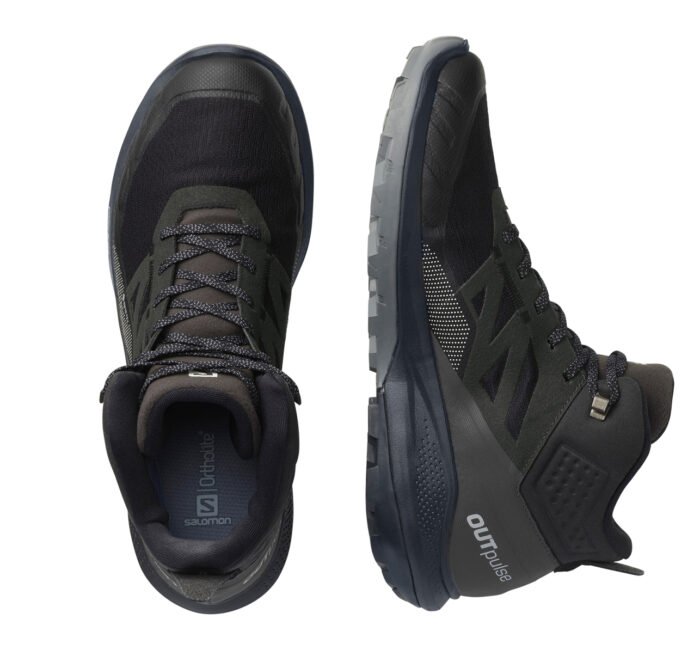Choosing the right hiking boots starts with understanding your hiking needs. Are you planning short day hikes, multi-day backpacking trips, or rugged mountain adventures? Different terrains and hike durations require different boot features. For instance, lightweight hiking shoes might be suitable for day hikes, while robust boots with better ankle support are essential for long treks and rough terrains.
Types of Hiking Boots
There are three main types of hiking boots to consider: hiking shoes, day hiking boots, and backpacking boots. Hiking shoes are generally lightweight and flexible, ideal for shorter hikes. Day hiking boots offer more support and protection, suitable for rougher trails. Backpacking boots are the sturdiest, designed for carrying heavy loads over long distances. Knowing these categories will help you narrow down your choices based on your hiking plans.
1. Hiking Shoes
Best Lightweight Boots For Men
Salomon X Ultra 4 Mid
La Sportiva Raptor II
Salomon OUTpulse Mid
Best Lightweight Boots For Women
Merrel Mob 3
Best Flexible Option
2. Day Hiking Boots
Best Support Boots
Best Hiking Boot for Fast-Moving Hikers
Best Overall Hiking Boots (Men & Women)
Best Max-Cushioned Hiking Boot
Backpacking Boots
Best for Backpacking
Best for Carrying Heavy Loads
Best value walking boots
Most Comfortable Hiking Boot
More Hiking Boots You Might Like
Key Features to Look For
When selecting hiking boots, pay attention to crucial features such as fit, material, weight, and waterproofing. The fit should be snug but not tight, with enough room for your toes to wiggle. Materials like leather and synthetic options each have their pros and cons; leather is durable, while synthetic materials are lighter. The weight of the boots can affect your comfort and performance, so choose accordingly. Waterproof boots can be a lifesaver in wet conditions, ensuring dry feet throughout your hike.
Trying Them On
It’s essential to try on hiking boots before making a purchase. Wear the socks you plan to hike in and walk around the store to get a feel for the boots. Pay attention to any pressure points or discomfort. Remember, the right hiking boots should feel comfortable from the start and require minimal break-in time.
















Pingback: Top 10 Hiking Essentials – Kamp & Hike